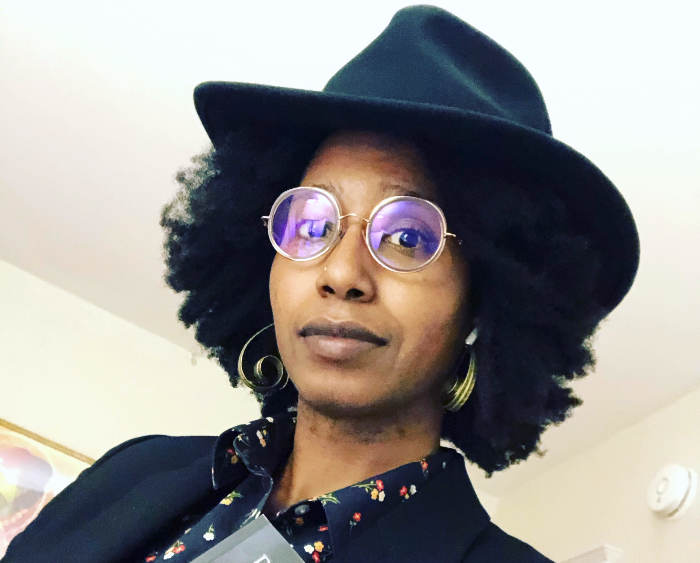RL Watson co-curates exhibition for American Folk Art Museum

Assistant Professor of English and African American Studies RL Watson has co-edited and co-curated the book and exhibition Unnamed Figures: Black Presence and Absence in the Early American North for the American Folk Art Museum in New York City.
“When we consider Black voices of the past, there are those figures like Frederick Douglass and Phillis Wheatley who are familiar to us, there are those who are less familiar but can still be found, and there are many more whose absence haunts us,” Watson said. “This exhibition and the book explore this presence and absence.”
Unnamed Figures offers a look into works of folk art of the early American North, a region that is often overlooked in favor of narratives of slavery and anti-Black racism of the South. The art on display, a collection of 125 works that includes paintings, needlework, works on paper, and other artifacts explores Black life, representation and the absence of representation in early New England and mid-Atlantic states.
“The question is, how do we encounter these works of art and stereotypical representations in our modern era, and how do we encounter them without reascribing the stereotypes in our modern era?” Watson said of the curated works. “While many of these representations are stereotypical, they are also a record of the presence of very real people living here at the time.”
In addition to the exhibition at the American Folk Art Museum, Watson also collaborated on a book by the same title. Watson co-edited Unnamed Figures with Emelie Gevalt and Sadé Ayorinde.
Among Watson’s contributions to the book are two chapters: one an exploration of what it means to look at a representation of Black Americans that was made at a time when Africans in America were not considered human in the same way as people of European descent were, and the other about the work of enslaved printer Peter Fleet.
“Through this work, I learned just how crucial interdisciplinarity is. As scholars, we have to be able to cross disciplinary lines in order to get the fullness of a picture,” Watson said. “I am a literary and cultural critic and theorist, but it is just as important for me to be in communication with people in art history. Such violence has been done to the archive to erase the experiences of Black Americans, Indigenous peoples, and other historically marginalized groups. This project showed me how interdisciplinary study can facilitate archival triage.”
The book's release coincides with the opening of the exhibition on November 14.

